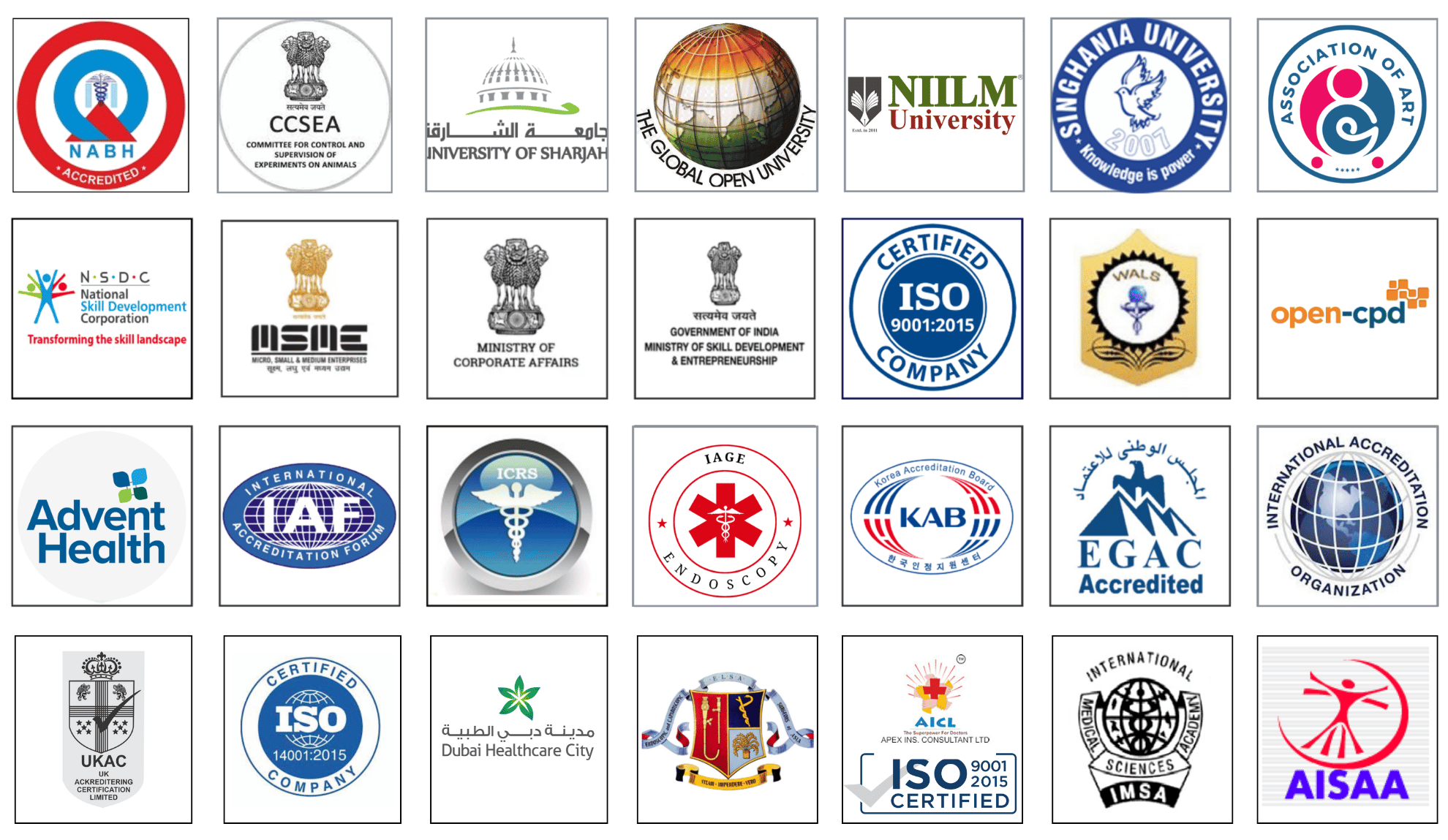Laparoscopic Management of Large Subserous Fibroid
This video demonstrates the Laparoscopic Management of Large Subserous Fibroid by Dr. R.K. Mishra at World Laparoscopy Hospital. The cause of fibroids isn't well understood. Risk factors include a family history of fibroids, obesity, early onset of puberty, or delayed marriage. Symptoms include heavy menstrual bleeding, prolonged periods, and pelvic pain. In some cases, there are no symptoms. Treatments include laparoscopic removal of the fibroid. Uterine fibroids usually need treatment when they cause: Anemia from heavy fibroid bleeding. Ongoing low back pain or a feeling of pressure in the lower belly. What happens if fibroids are not removed?
If left untreated, fibroids can continue to grow, both in size and number. As these tumors take over the uterus the symptoms will become worse. The fibroids' pain will increase. The heavy bleeding will become heavier and it may be accompanied by severe cramping.
Uterine fibroids are common benign tumors affecting women of reproductive age. Among these, subserous fibroids develop on the outer wall of the uterus and can grow significantly, causing symptoms such as pelvic pain, pressure, and infertility. While traditional open surgery was once the standard treatment, laparoscopic myomectomy has emerged as a minimally invasive and highly effective approach for managing large subserous fibroids.
Indications for Laparoscopic Myomectomy
Laparoscopic myomectomy is indicated for women experiencing:
- Severe pelvic pain or pressure symptoms
- Infertility or recurrent pregnancy loss
- Heavy menstrual bleeding unresponsive to medical therapy
- Rapidly enlarging fibroids
- Compression symptoms affecting adjacent organs (e.g., bladder or bowel)
Preoperative Assessment
A thorough preoperative evaluation is crucial to determine the feasibility of laparoscopic management. This includes:
- Ultrasound and MRI Imaging: To assess fibroid size, location, and vascular supply
- Laboratory Tests: Including hemoglobin levels to evaluate anemia
- Endometrial Biopsy: In selected cases to rule out malignancy
- Hormonal Therapy: Preoperative gonadotropin-releasing hormone (GnRH) agonists may be used to reduce fibroid size
Surgical Technique
1. Patient Positioning and Anesthesia:
- The patient is placed in the lithotomy position under general anesthesia.
- A uterine manipulator is inserted to aid in uterine positioning.
2. Port Placement:
- A pneumoperitoneum is established using carbon dioxide insufflation.
- Typically, 3-4 laparoscopic ports are placed to allow for optimal visualization and instrument maneuverability.
3. Fibroid Excision:
- The serosal layer is incised over the fibroid using monopolar or harmonic energy.
- The fibroid is enucleated carefully to preserve myometrial integrity.
- Hemostasis is achieved using bipolar coagulation or suturing.
4. Myometrial and Serosal Closure:
- The defect is closed in layers using absorbable sutures to ensure uterine strength, especially in future pregnancies.
5. Morcellation and Specimen Retrieval:
- Large fibroids are morcellated (if permitted by regulations) or extracted via a mini-laparotomy.
- Care is taken to avoid tissue dissemination.
Postoperative Care
- Early Mobilization: Encouraged to prevent deep vein thrombosis
- Pain Management: NSAIDs and mild opioids as needed
- Monitoring for Complications: Such as bleeding, infection, or adhesion formation
- Recovery Timeline: Most patients resume normal activities within 2-4 weeks
Advantages of Laparoscopic Management
- Minimally Invasive: Reduced postoperative pain and faster recovery
- Smaller Incisions: Improved cosmetic outcomes
- Lower Blood Loss: Compared to open surgery
- Preservation of Fertility: Important for women desiring future pregnancies
Challenges and Considerations
- Size Limitation: Extremely large fibroids may require conversion to open surgery
- Morcellation Risks: Concerns about tissue dissemination in cases of undiagnosed malignancy
- Technical Expertise: Requires advanced laparoscopic skills
Conclusion
Laparoscopic myomectomy is a safe and effective option for managing large subserous fibroids. With appropriate patient selection and skilled surgical techniques, this approach offers significant benefits over traditional open surgery, including faster recovery, reduced postoperative pain, and better cosmetic outcomes. As technology advances, laparoscopic techniques continue to evolve, further improving patient outcomes in fibroid management.
For more information:
World Laparoscopy Hospital
Cyber City, Gurugram, NCR Delhi
INDIA : +919811416838
World Laparoscopy Training Institute
Bld.No: 27, DHCC, Dubai
UAE : +971525857874
World Laparoscopy Training Institute
8320 Inv Dr, Tallahassee, Florida
USA : +1 321 250 7653
https://www.laparoscopyhospital.com/admission.php
2 COMMENTS
Dr. Jessica Alberto
#1
Mar 15th, 2023 10:59 am
Laparoscopic management of large subserous fibroids involves using minimally invasive surgical techniques to remove fibroids that are located on the outer layer of the uterus. This type of fibroid is called a subserosal fibroid and can grow to be quite large, causing symptoms such as heavy menstrual bleeding, pelvic pain, and pressure. laparoscopic management of large subserous fibroids can be an effective treatment option that offers faster recovery times and fewer complications compared to traditional open surgery. However, it is important to consult with a gynecologist or surgeon to determine the best treatment approach for your individual case.
Dr. Ankur Bahl
#2
Nov 8th, 2023 9:28 am
The article on Laparoscopic Management of Large Subserous Fibroid is a groundbreaking resource for both patients and medical professionals. It offers valuable insights into the minimally invasive techniques used to address large subserous fibroids, emphasizing their benefits such as shorter recovery times and reduced scarring. This informative piece empowers individuals with the knowledge they need to make informed decisions about their healthcare, setting a new standard in fibroid treatment.
| Older Post | Home | Newer Post |


